The National Portrait Gallery (NPG) functions rather like a second Tate Britain. Aside from a few brilliant landscape artists, British painting before the 19th century was largely dominated by portraiture. Within this tradition, Tudor and Stuart artists were often anonymous and either from the Low Countries, or heavily indebted to their traditions. As such, British portraiture is more or less a story of its subjects. Sitter personalities easily eclipse artistic personas, and none more so than England’s Renaissance queen, Elizabeth I (1533–1603).
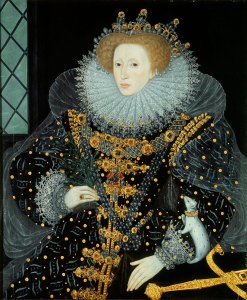
Queen Elizabeth I, The ‘Ermine’ Portrait (1585), attributed to Nicholas Hilliard, Reproduced by permission of the Marquess of Salisbury, Hatfield House
Or so I thought. Actually, the art on show at ‘Elizabeth I & Her People’, at the NPG (until 5 January 2014) reveals very little of the personality behind one of England’s most famous daughters. Works, such as The Procession Portrait of Queen Elizabeth I (c. 1600–3), by an anonymous artist, introduces us to a doll-like heroine. Held aloft like a standard, by a sea of powerful men, the ‘virgin’ queen’s porcelain and rather vacant features are a blank façade onto which we can project a legend. Disseminated throughout the kingdom, Elizabeth’s stoic and ageless visage was less a window to the soul and more a pledge of allegiance and source of power.
With the predictable exception of Nicholas Hilliard, this exhibition also exposes the gulf in talent between England’s native artists and the wealth of prodigious European interlopers employed at the Tudor court. The Darnley Portrait (c. 1575), by an unknown continental artist, is a particular highlight. This likeness was frequently recycled by a slew of less talented English painters, including the anonymous author of Elizabeth I with the Cardinal and Theological Virtues (c. 1598). The portrait reveals a charming and typically English naivety. The queen’s implausibly thin and conical torso, coupled with an awkward smile and uneven technique, results in a monarch who appears to have been designed by committee. Although the Baroque was poised to emerge on the continent, English painters still had one foot very much in the past.
Things move on from Elizabeth I to the men and women behind the institution. What follows is a delightful rogues’ gallery of sycophants, scheming courtiers, pirates, religious fanatics, explorers, merchants, writers, spies and one ludicrously crafty looking Moorish ambassador. Amid all the obligatory pomp, ceremony and vulgar displays of wealth, the audience is treated to some of Sir Walter Raleigh’s excruciatingly flattering poetry, an alabaster tomb of the financier and spy, Piero Capponi, a lavishly embroidered women’s waistcoat and a newly translated English bible.
Elizabethan society remains unendingly fascinating and the Tudors are framed here as the progenitors of a modern Britain. From the rise of science and the merchant classes to the embryos of an Empire, the seeds of change were sown in the 16th and early 17th centuries. Cornelis Ketel’s portrait of Sir Martin Frobisher (1577) demonstrates England’s growing confidence and increasing international significance. This explorer, naval officer and privateer makes no bones about his ambitions. Standing triumphantly before a globe, his left hand hovers above a sword, while his right hand brandishes a pistol. It’s a fascinating and rather chilling statement of intent. The British are coming – there will be blood.
The exhibition unfolds rather like a prequel to the NPG’s ‘The Lost Prince: The Life and Death of Henry Stuart’ (18 October 2012–13 January 2013). Elizabethan society is dissected through the art and artefacts of the day. And while Tudor painting may have been left somewhat lacking, Britain has always excelled in the decorative arts. Dotted around the galleries are some stunning examples of costume, metalwork and jewellery, such as an ornate silver sweet box (1579) and a delicate pomander (c. 1600–10), designed for carrying scent. It his here and in the written word, not in painting, that England’s primary artistic legacy resides.
‘Elizabeth I & Her People’ is at the National Portrait Gallery, London, until 5 January 2014.
Unlimited access from just $16 every 3 months
Subscribe to get unlimited and exclusive access to the top art stories, interviews and exhibition reviews.

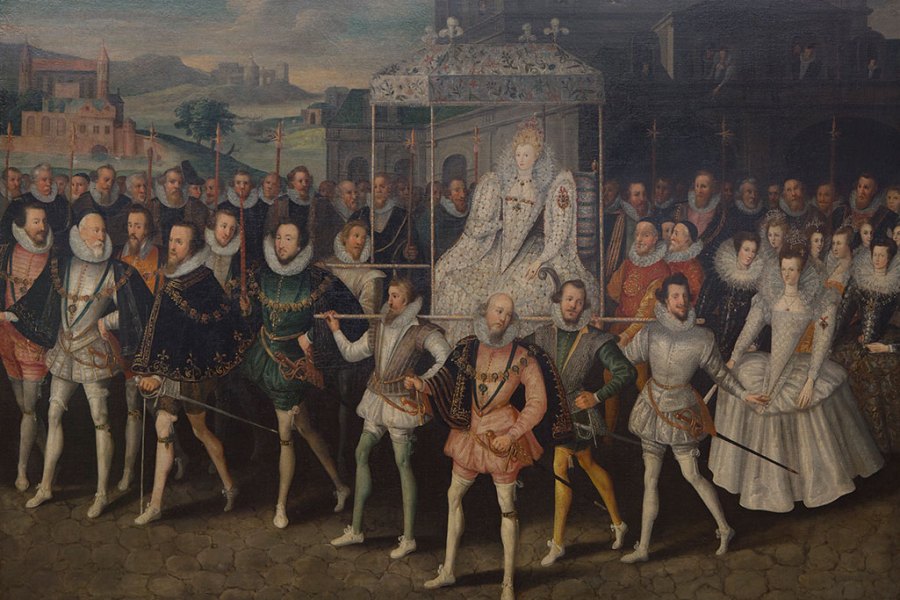
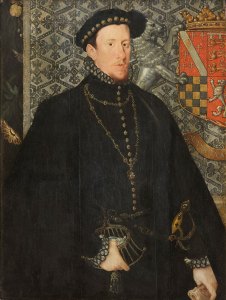
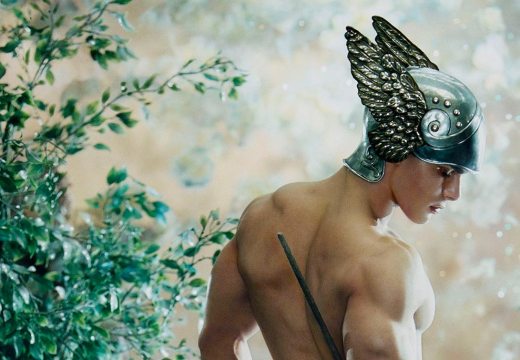
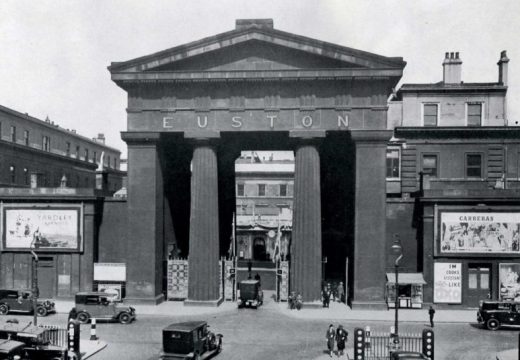
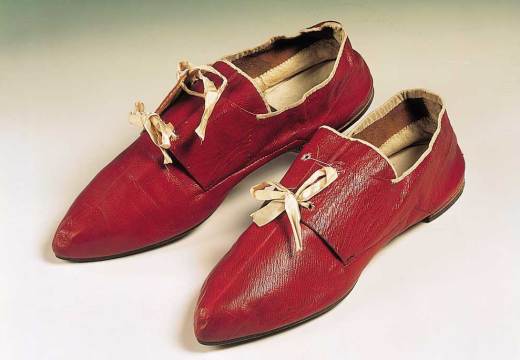









![Masterpiece [Re]discovery 2022. Photo: Ben Fisher Photography, courtesy of Masterpiece London](http://www.apollo-magazine.com/wp-content/uploads/2022/07/MPL2022_4263.jpg)
Is the Stirling Prize suffering from a case of tunnel vision?